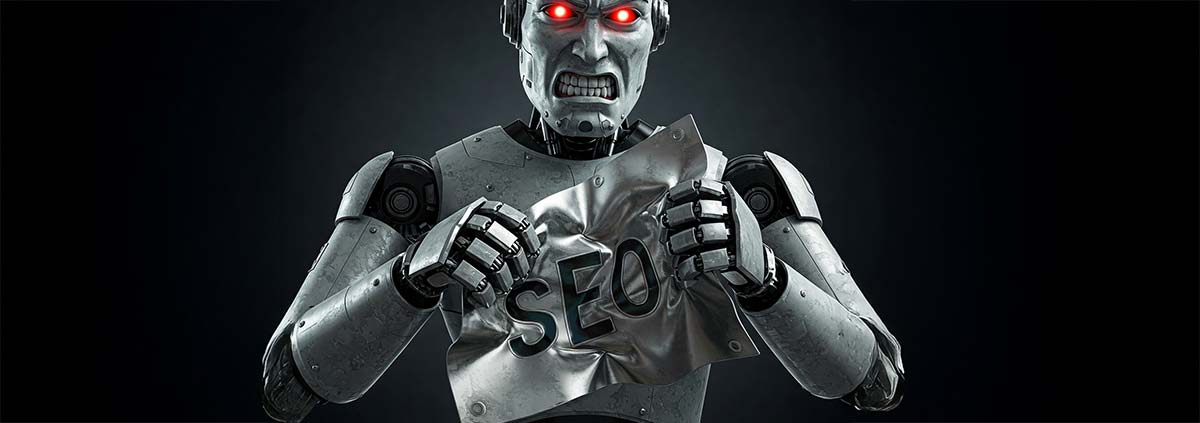| Thank you for Signing Up |


Also known as Carousel Images, Image Sliders as of 2025 are things of the past. Even more, with the new Core Web Vital updates of Google, Image Sliders now have also become an SEO hurdle.
I will also provide main reasons why you should remove them from your website, and provide alternative practices which will make a good substitute for Image Sliders
One of the major swifts in website design and development is the use of Images Sliders. In the past, they were quite popular among website developers and designers, approximately between the years 2005 and 2015.
Since 2015 until today in 2025, recognized UX/UI experts from highly reputable sources have addressed the issues that come with Image Sliders overall in terms of user experience.
From an SEO perspective, user experience is one of the major ranking factors for search engines such as Google. That gives us even more reason to take a closer look at those arguments that speak against Carousel Images:
Image Sliders as Hero Images Are Bad for User Expectation and Engagement
Image Sliders as Hero Images are not being utilized among experienced UX/UI and SEO experts in 2025, anymore.
It is common knowledge for years that having more than one image displayed on the top of your page confuses the user. The user needs to be confronted with one distinctive image that speaks to them, and that image needs to be chosen wisely.
A static hero image has a very important impact on the user. This has to do with what we call “User Expectation”. Usually, the user lands on a page based on a search on a search engine, or has clicked on one of the CTAs or teasers on your or third-party website — short story long: The user has clicked on a certain link because they were expecting something. That expectation needs to be fulfilled immediately — preferably within 2-3 seconds — after the user has landed on the page.
The main items and elements that to fulfill the user expectation are the Hero Image, H1 and H2, followed by a short content element. If the landing page you have created is based on research, you should expect the user to go on reading, thus giving the user a good reason to engage on the landing page. That engagement will help your SEO.
An Image Slider does nothing more than to add to the confusion.
Instead of displaying one distinctive image to the user, now the user is being confronted with a mash of images, all of them providing a different message and feel. The user can’t get a hold on what actually is the main aspect of the page, instead we are basically expecting them to have multiple personalities.
In the end, a page that has different rotating hero images lacks of getting the message across. It also derives from simplicity and understanding. It’s like a sales guy talking about one thing, and then the other, and the the other, with no end.
A/B tests have also revealed that users tend to bounce of the page more often when an Image Slider is used, rather than one distinctive image. No surprise , since users tend to bounce of pages when they feel confused or overwhelmed.
Image Sliders as Hero Images Are Bad for SEO
Since the Core Web Vital updates of Google, every page being loaded into the page is considered a heavy load. If you are going to display 6 sliding images, Google will most likely give you a bad score for what they call LCP (Largest Contentful Paint).
If each of your hero images on that slider you are using have around have 100 KB in image size, than your Image Slider Section will have a load of 600 KB right at the beginning of the page. That’s lots of file size and bandwidth for a hero section, and most likely Google will penalize you for that heavy load.
You might have heard that one of the solutions that help preventing Large Contentful Paint (LCP) on pages are Lazy Load techniques. The main functionality of Lazy Load is to load images, when scrolled.
However, Lazy Load won’t help you in this occasion for a very simple reason: Image Sliders load automatically, thus without the user’s action. That means file sizes are adding up automatically even without the user scrolling.
With an Image Slider all the images will usually be loaded without the action of the user. Lazy Load then won’t do any good.
On top of that, most of the Image Sliders preload the images anyways, and do not have the new Lazy Load technologies included, thus causing a very bad LCP from Google’s viewpoint.
It’s also not expected for Image Sliders to support Lazy Load in the future, as Image Slider Technologies are obsolete, already, as discussed in this article. Most of the developers who still utilize Image Sliders aim for target audiences that are usually not SEO-savvy.
When Can I use Image Sliders?
Image Sliders are not completely useless.
In many aspects they can be quite handy. For instance, if you want to provide a list of your clients or brands you worked for, but do not necessarily want to provide an overview to prevent an information overflow — or simply you want simplification and do not want to brag about 100 brands you worked for, and simply display 3-4 small sized logos that scroll from left to right.
Many uses of Image Sliders today still make sense as long they are not utilized as hero images.
Why Are Image Sliders Still Popular Today?
Image Sliders were very popular in the past and their usage have been adapted by millions of developers worldwide. On top of that, hundreds if not thousands of tools and plugins exist today that provide Image Sliders since there is still so much demand.
To put it simply: many have missed the trend and are not up-to-date in terms of UX/UI and SEO when it comes to Image Slider.
In web development and SEO, technologies and findings change quite quickly as customer behavior changes rapidly. What was working a year ago can be considered a marketing disaster today. That doesn’t mean it was bad back in the days. It means that market demand, and the way people consume have changed.
Image Slider Alternatives
If you want to display several images to provide a good understanding of your portfolio, gallery features are common in 2025. Instead of hiding images and make them act as mystery boxes, it is more adequate to provide your user an overview of thumbnailed images. That way, the user is provided with a transparent and comprehensible overview what to expect, and they can choose themselves which image to click on. Besides, most of the gallery features nowadays support Lazy Load, and therefore are 100% SEO-friendly assuming they have been configured right.
| Thank you for Signing Up |



 by
by 

